The Emperors arrived in the Colosseum using a secret passage
The Emperors arrived in the Colosseum using a secret passage. Under the Flavian Amphitheater, a gigantic structure for shows built in the imperial era, there is (and has recently been included in a recovery project), a dense series of tunnels that allowed gladiators, beasts and workers to move, work and enter the scene without being seen by the public, if not at the last moment.
One passage in a particular way allowed the emperor to appear unexpectedly on stage: a spectacular move that allowed him to show himself to the public suddenly and in the middle of the same show.
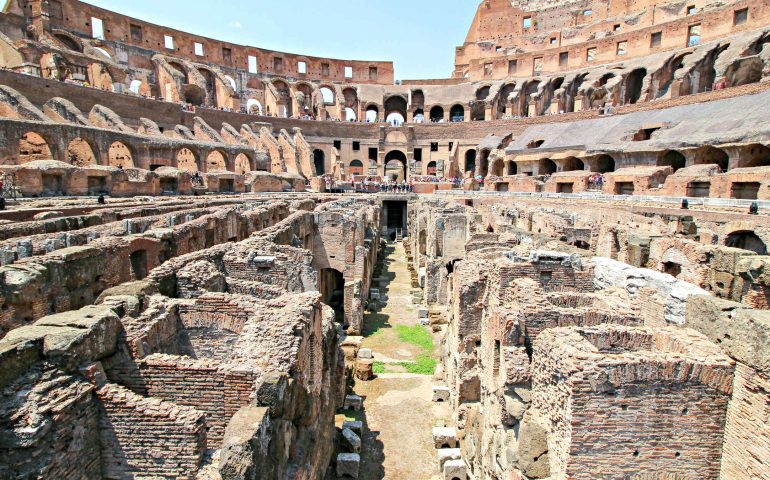
The Colosseum is the most grandiose spectacle machine of antiquity and behind the scenes it hid and hides a very complex underground world, invisible to the nearly 80,000 people sitting in the stands. In this labyrinthine underground citadel everything was functional to the staging on the arena: the arrival and deployment of the gladiators, the passage of the beasts from the cages to the arena. But also the entrance of the emperor escorted by the praetorian guard who entered the Flavian Amphitheater without being seen by the public to appear unexpectedly on the stage.
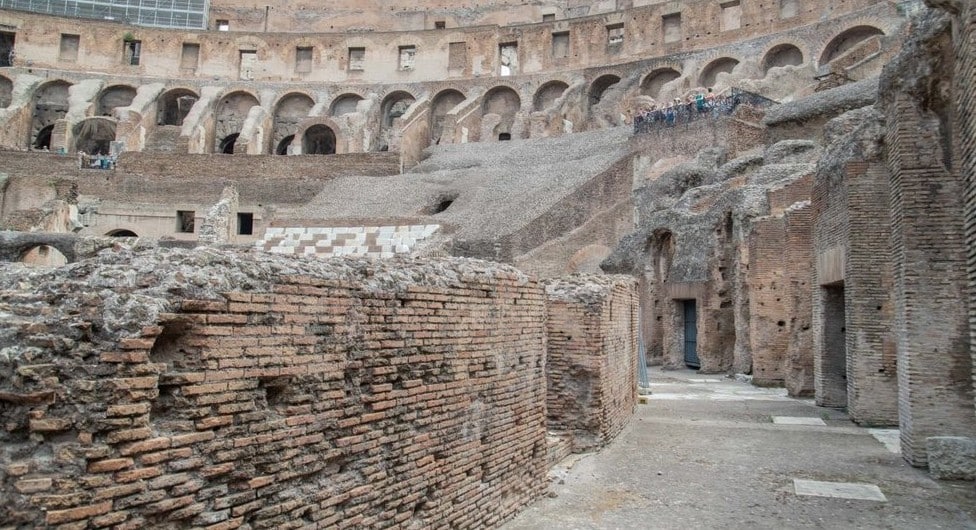
For these operations there were two special tunnels still existing in the belly of the monument, still at the center of a vast restoration project by the Colosseum archaeological park.
About three meters deep from the arena floor there is a tunnel hundreds of meters long, partly still to be excavated, which allowed Commodus, the bloodthirsty son of Marcus Aurelius to enter, protected, his beloved Colosseum.
The portico already existed at the time of Domitian, Commodus enlarged it for his uses.
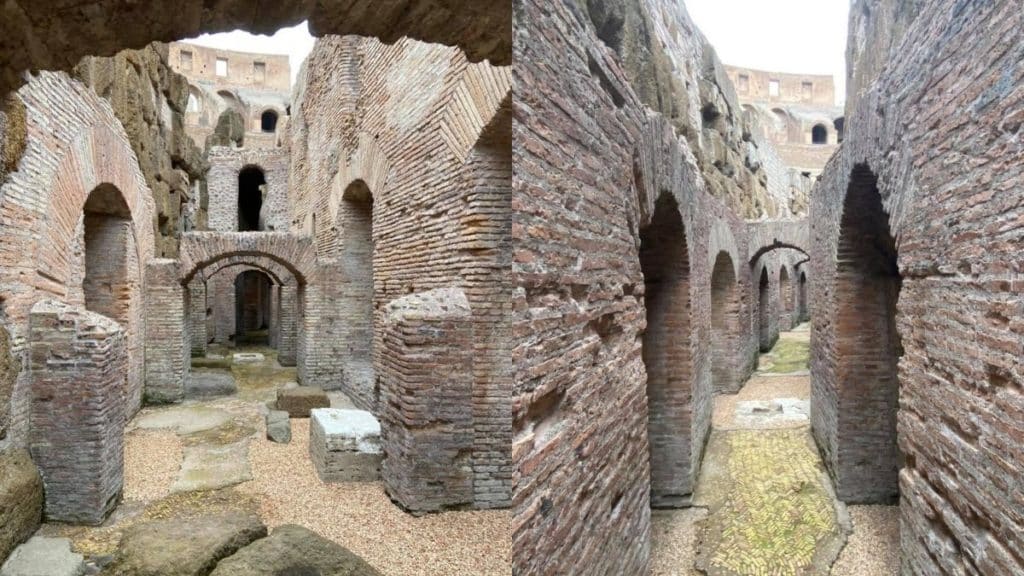
In fact, several emperors were afraid of attacks, also for this reason (in addition to the scenographic aspect) they used the tunnel and preferred to get to the stage without being seen.
OUR PARTNER IN ROME:

Even Commodus even had one installed in the bend of the tunnel to see if there were any enemies lurking. Sources tell us that Commodus underwent an attempted murder in a dark passage of the Colosseum. Commodus’s passion for the Colosseum is well known, also thanks to cinematography: the emperor in fact loved to go down into the arena like a divine gladiator.
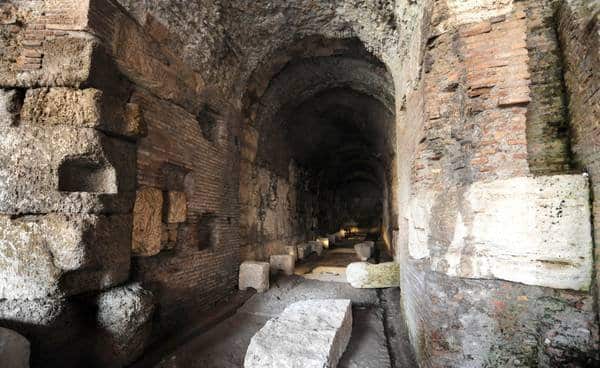
The Colosseum, originally known as Amphitheatrum Flavium (Flavian Amphitheater) or simply as Amphitheatrum, located in the center of Rome, is the largest amphitheater in the world. The structure can hold an estimated number of spectators between 50,000 and 87,000, it is the most important Roman amphitheater, as well as the most impressive monument of ancient Rome that has come down to us.
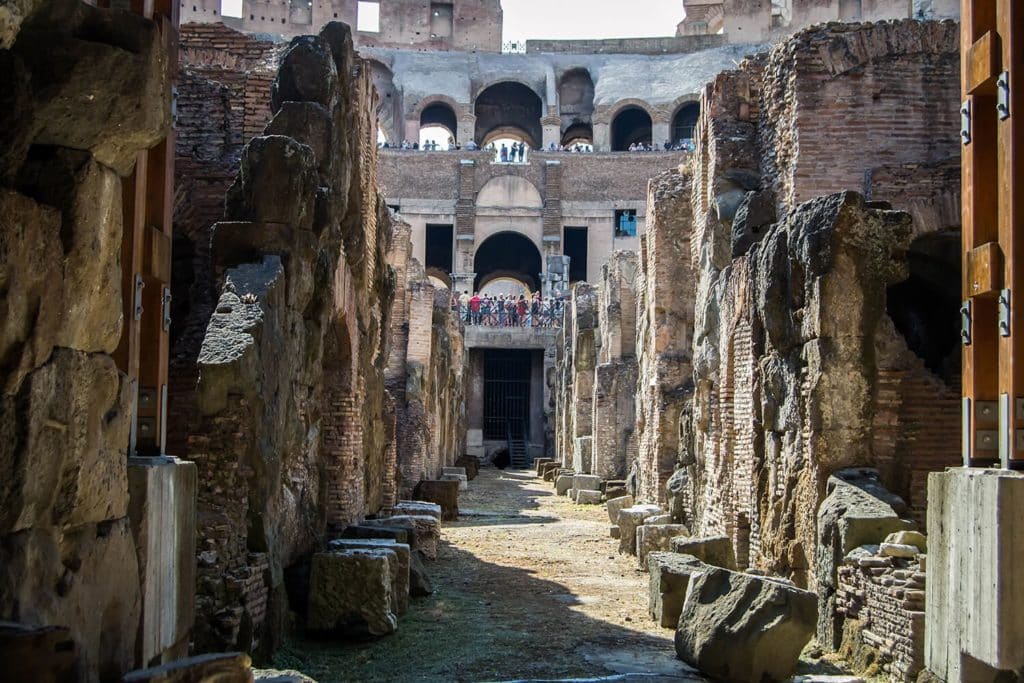
The Flavian Amphitheater, better known as the Colosseum (but this name came only during the medieval period) built in just 2 years and 9 months, was inaugurated in the year 80 AD. with a hundred days of shows. In the opening ceremony, over 5,000 beasts were killed in a single day.
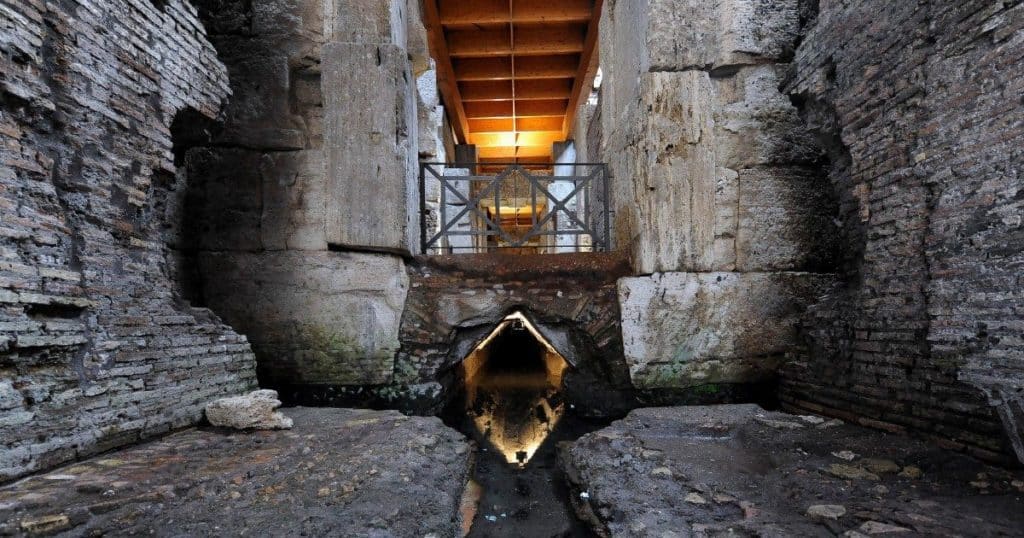
The amphitheater was built in the Flavian era on an area at the eastern edge of the Roman Forum. Its construction was started by Vespasian in 70 AD. and inaugurated by Tito in 80, with further changes made during Domitian’s empire in 90. The current height reaches 48.5 m, but originally reached 52 m.
Construction began in 72 AD. under the emperor Vespasian, of the Flavian dynasty. The works were financed, like other public works of the period, with the proceeds of provincial taxes and the spoils of the sacking of the temple in Jerusalem (70 AD).

For the inauguration of the building, the emperor Titus gave games that lasted three months, during which about 2,000 gladiators and 9,000 animals died. 10,000 gladiators fought there to celebrate Trajan’s triumph over the Dacians.
The Colosseum hosted the amphitheater games, which included: fights between animals (venationes), the killing of condemned by ferocious animals or other types of executions (noxii) and fights between gladiators (munera). The activities followed a codified program: in the morning there were fights between animals or between a gladiator and an animal, at lunchtime death sentences were carried out and gladiator fights took place only in the afternoon.
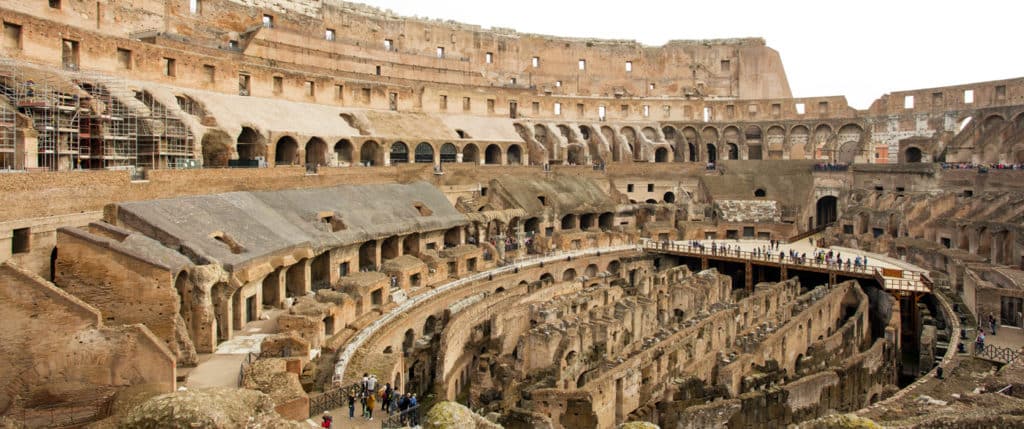
The last fights between gladiators are recorded in 437, but the amphitheater was still used for venationes (killing of animals) until the reign of Theodoric the Great: the last were organized in 519, on the occasion of the consulate of Eutaric (son-in-law of Theodoric ), and in 523, for the consulate of Anicio Massimo.
Excavations of the Colosseum sewer collectors have returned the remains of skeletons of numerous domestic and wild animals, including bears, lions, horses, ostriches.
